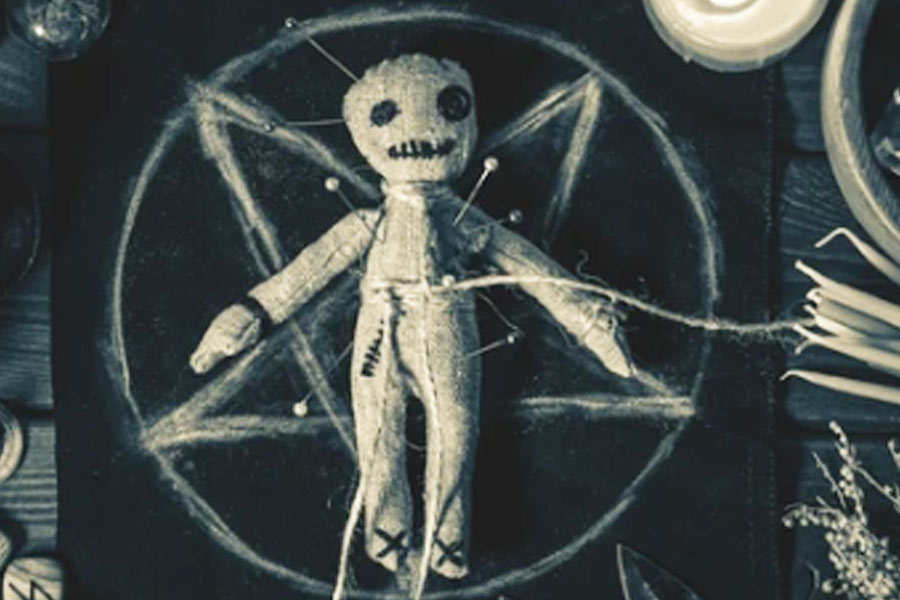Witch-hunting, unfortunately, remains a palpable reality even in these modern times. With its roots in misogynistic prejudices that target vulnerable women, such as widows, those belonging to marginalised castes or are economically disadvantaged and those perceived to be a threat to patriarchy, witch-hunts are common across large geographical swathes. The 2023 annual report of the United Nations Human Rights Council states, for instance, that every year, thousands of women become witchcraft’s victims in Africa, India, Papua New Guinea and other nations. The findings of a recent survey conducted in Bihar by the Nirantar Trust, a research and advocacy organisation, offer a miniaturised view of this global menace. Out of 145 women studied across 114 villages in 10 districts, 78% of respondents had faced severe mental harassment, 32% were subjected to verbal abuse, and 28% experienced social ostracism. Disrobement, forceful consumption of faeces, head shaving and sexual violence were also perpetrated on 'daayans'. At least 75,000 women in the state live under the constant threat of being accused of practising witchcraft. These figures are consistent with national statistics. The National Crime Records Bureau data showed that more than 2,500 women had been killed on charges of witchcraft since 2000 in India and nearly 85 people were killed in witchcraft-related murders in 2022 alone; Madhya Pradesh, Chhattisgarh, Jharkhand and Odisha account for a majority of such killings. While 97% of the victims profiled belonged to the backward castes or had tribal backgrounds, 75% of them were aged between 46 and 66, indicating a vicious 'Othering' of women past their reproductive age. Strikingly, more than 50% of the victims held leadership roles and 42% considered that their improved financial status had incurred the envy of relatives and neighbours who accused them of being witches. The Bihar survey threw up surprises as well: 83% of the victims were married and lived in joint families. This shatters the belief that marriage as an institution protects women from societal violence.
A robust anti-witchcraft legal framework that promises unbiased investigation, stiff penalties and protection of women can end this scourge. But India seems to have come up short on that front. Only seven states have legislations either criminalising witchcraft or black magic whereas a Union legislation is yet to become a reality. Awareness campaigns — Jharkhand's Project Garima and Assam's Project Prahari are examples of community policing initiatives — must be made more stringent and replicated across the country to ensure women’s safety.











